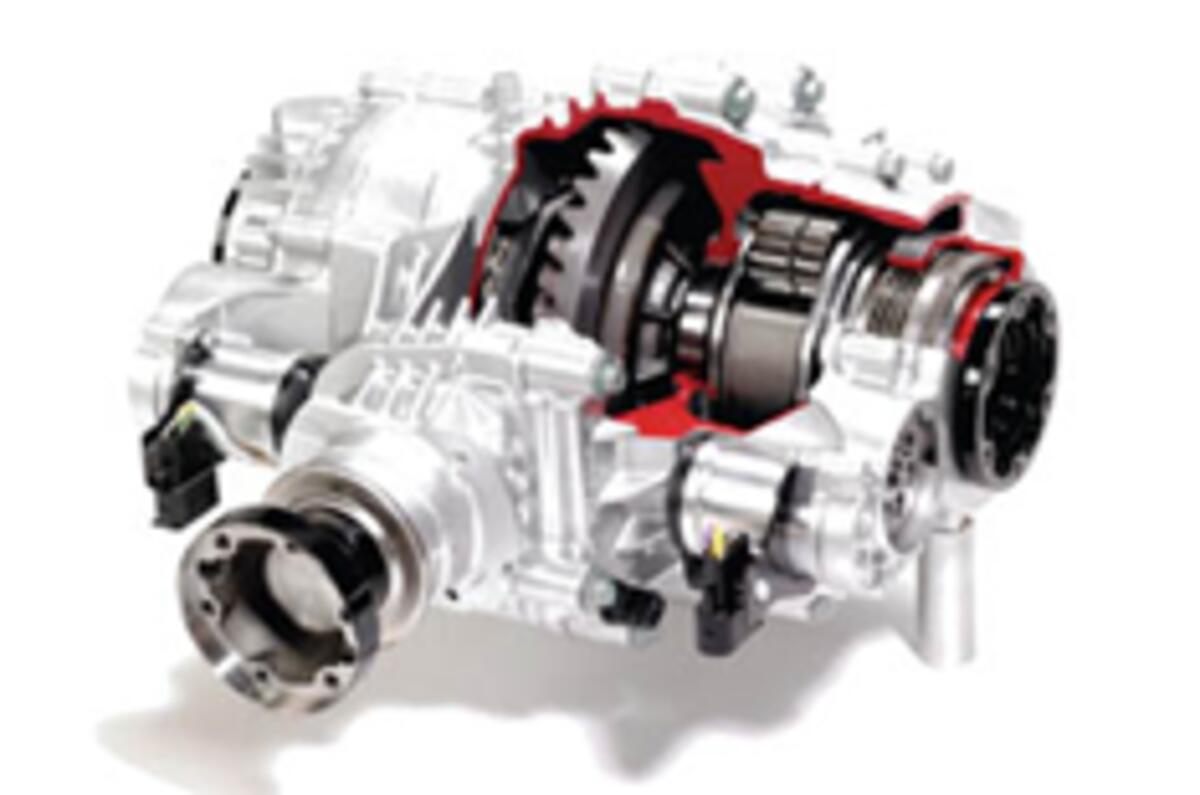BMW has just taken the wraps off an advanced torque vectoring system that promises to improve both the agility and stability of its four-wheel drive models. Called Dynamic Performance Control, the new system is an evolution of BMW’s xDrive system, but adds a series of additional electro-magnetic clutches, in a modified rear differential housing that allow power to be juggled between the individual rear wheels as well as between the front and rear axles. Dynamic Performance Control works in conjunction with sensors in the anti-lock braking system that measure steering angle, yaw rates, road speed and torque developed by the engine. Essentially, it directs drive to where it can be used most effectively in an operation not dissimilar to that of a traditional locking differential on a rear-wheel-drive car. If the car understeers, xDrive will redirect more drive to the rear wheels and, if required, the Dynamic Performance Control system will then load up the outside rear wheel with the balance of power, providing an additional turning moment beyond that generated by the steering wheels. During oversteer, it reverses the action, sending the majority of drive through the front wheels and, if necessary, increasing torque to the inside rear wheel to stabilise the car during cornering. Both processes are explained in BMW's images, which you'll find in our gallery. Unlike similar systems developed by rival car makers, BMW’s Dynamic Performance Control operates both under load and on the overrun, meaning the car continues to be stabilised even when the driver steps off the throttle mid-corner. The new system adds 12kg to the weight of the car, but it is concentrated low down in the chassis so as not to affect handling to any great degree.
Coming to a BMW near you
BMW is tight-lipped on when Dynamic Performance Control, developed in partnership with German engineering specialist ZF, will be introduced. It will probably appear first on the X6 crossover coupe, before heading into other models, including the X3, X5 and four-wheel-drive versions of the 3-, 5- and next-generation 7-series. Also earmarked to accept the new system is BMW’s seven-seat MPV, and a secret new junior four-wheel-drive that’s tipped to slot into the German car maker’s line-up beneath the X3.
So what does it feel like?
In an exclusive test drive at BMW’s newly established winter test centre in Arjeplog, Sweden this week, Autocar was able to evaluate Dynamic Performance Control on a fleet of modified 530iX saloon and touring models. It's a subtle but worthwhile improvement. By allowing the torque to be distributed in varying degrees to either the left- or right-hand rear wheels, the cars equipped with the new BMW system proved more neutral during cornering than those running the existing four-wheel drive xDrive mechanical package. Understeer is well suppressed thanks to the ability of Dynamic Performance Control to direct greater torque to the outside rear wheel, and big oversteer moments are quickly dealt with as the inside rear wheel is favoured. The upshot is improved cornering balance, and an ability to delve deeper into the car’s dynamic repertoire, more of the time.As well as instilling greater confidence in the driver, the new system also reduces the amount of steering input required, which was typically halved as we attacked BMW's winter handling course. For this reason, BMW does not plan to equip models running Dynamic Performance Control with its Active Steering system.




Add your comment